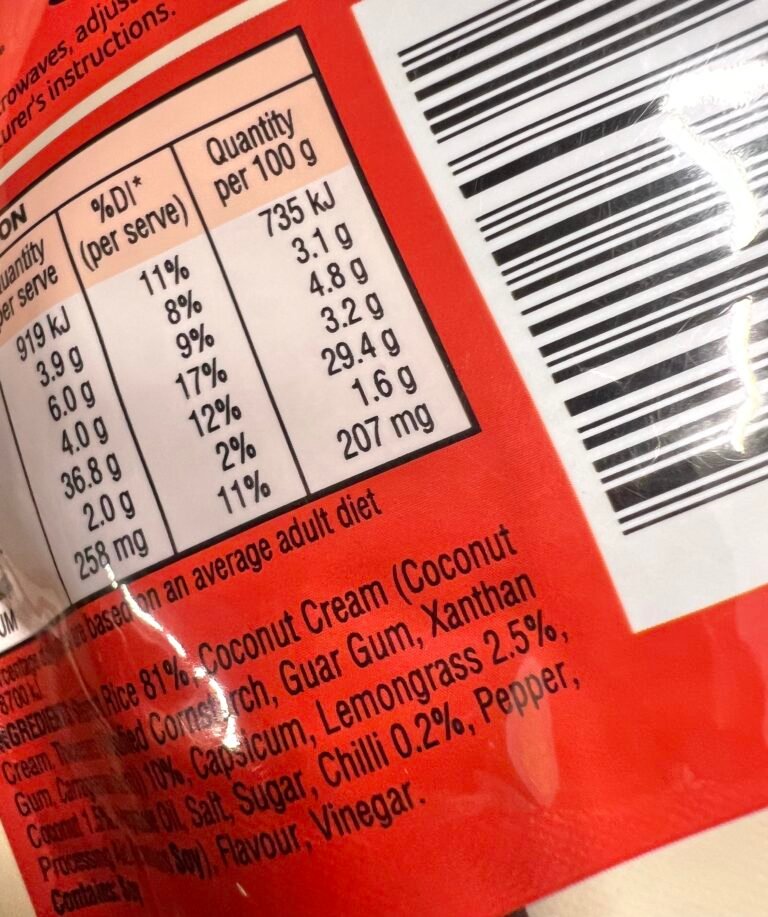Hormone Replacement Therapy and the Gut Microbiome.
A Two Way Conversation
Hormone replacement therapy (HRT) is best known for easing hot flashes, night sweats, and other midlife shifts. But here’s what doesn’t get enough airtime: HRT isn’t just talking to your hormones — it’s also whispering (or sometimes shouting) to your gut microbes. And the microbes, of course, answer back.
Let’s dive into how this fascinating cross-talk works, why it matters, and what you can do to keep your microbial tenants happy during the hormonal rollercoaster.
Hormones and the Microbiome: A Quick Primer
The gut microbiota isn’t just along for the ride. It actively helps regulate estrogen, progesterone, and other hormones through something called the estrobolome — the collection of gut bacteria that metabolise estrogens.
When hormones shift (natural menopause or medical HRT), the gut community can change too. Think of it as a real estate reshuffle: certain microbial “neighbourhoods” may expand, while others shrink.

How HRT Might Change the Microbial Real Estate
1. Estrogen and the Gut
- Estrogen levels influence the diversity of the microbiome.
- HRT can help maintain estrogen-sensitive bacteria that tend to dwindle in menopause.
- Some studies show women on HRT have microbial profiles more similar to premenopausal women (higher diversity, more beneficial strains).
2. Progesterone’s Role
- Progesterone can encourage the growth of Bifidobacteria and Lactobacillus species.
- When levels crash, those friendly bugs may lose their prime rental spots.
- Supplemented progesterone may stabilise them.
3. The Inflammation Factor
- Declining estrogen without replacement is linked to increased gut permeability (leaky gut) and inflammation.
- HRT may reduce this effect by supporting microbes that strengthen gut barrier function.
Does This Change Over Time?
Yes — both hormones and microbes shift across the years.
- Early in menopause, microbial diversity often dips, with more pro-inflammatory species gaining ground.
- Long-term HRT appears to blunt some of these changes, though the exact outcomes depend on the type (oral vs transdermal), dose, and individual microbiome makeup.
- Over decades, lifestyle factors (diet, exercise, stress) play just as big a role as hormones in shaping microbial neighbourhoods.
How to Keep Your Microbes Happy During HRT
Whether you’re on HRT or not, you’ve still got leverage. Think of it as tending the communal gardens in your microbial city.

1. Feed the Estrobolome Wisely
- Cruciferous veggies (broccoli, cauliflower, kale) provide compounds that support estrogen metabolism.
- High-fibre foods feed the bacteria that process and recycle hormones efficiently.
2. Encourage Lactobacillus & Bifidobacteria
- Found in fermented foods (yogurt, kefir, sauerkraut).
- These strains may be especially important in balancing hormone–microbe cross-talk.
3. Focus on Anti-Inflammatory Eating
- Omega-3s, berries, nuts, olive oil — all help calm low-grade inflammation that microbes (and hormones) don’t love.
4. Move Your Body
- Exercise is a microbiome modulator in its own right.
- Bonus: it improves insulin sensitivity, which is often impacted by both menopause and HRT.
5. Keep an Eye on the Delivery Method
- Oral HRT is metabolised in the gut and liver, giving it more direct interaction with microbiota.
- Transdermal (patches, gels) bypass the gut somewhat, meaning microbial effects may differ.
The Takeaway
Hormone replacement therapy isn’t just a hormone story — it’s a gut story too. For those who need or choose HRT it can reshape microbial real estate, potentially preserving diversity and reducing inflammation as we age. But the real power move lies in supporting your microbes daily with fibre, fermented foods, movement, and anti-inflammatory habits.
Because whether or not you’re on HRT, your gut and your hormones are always in conversation. And like any long-term relationship, it pays to keep both sides playing nicely.
🌼 The insights shared here are for general information only. Hormone replacement therapy is a highly individual decision, best made in partnership with your healthcare provider, considering your overall health, medical history, and personal needs.







